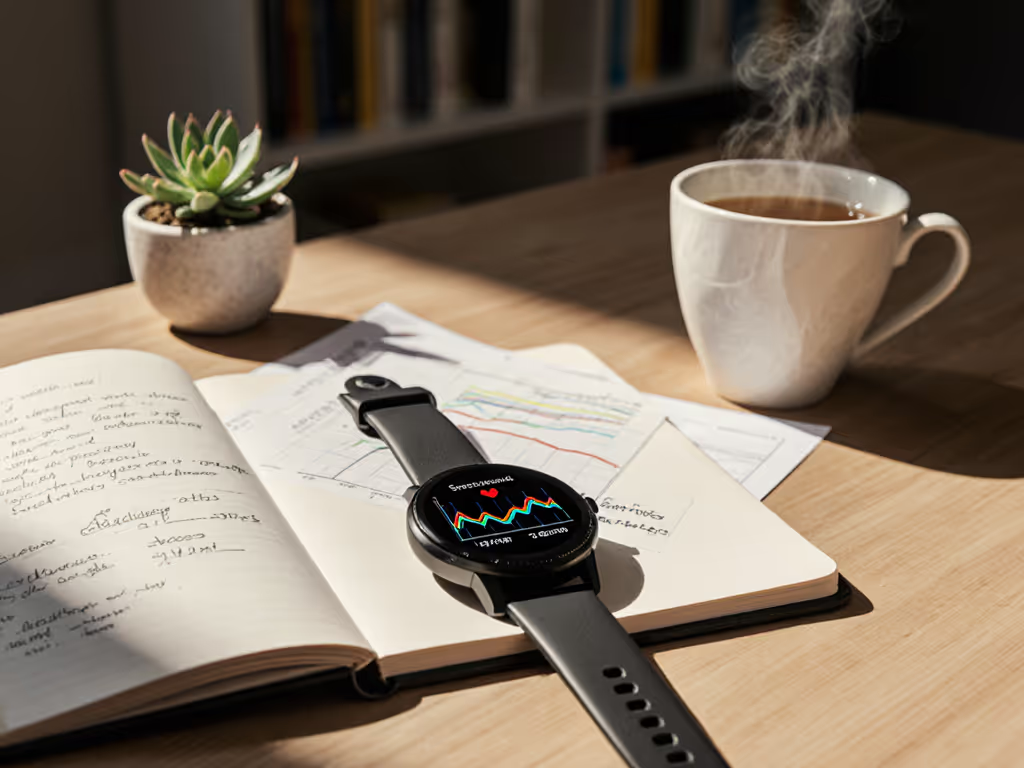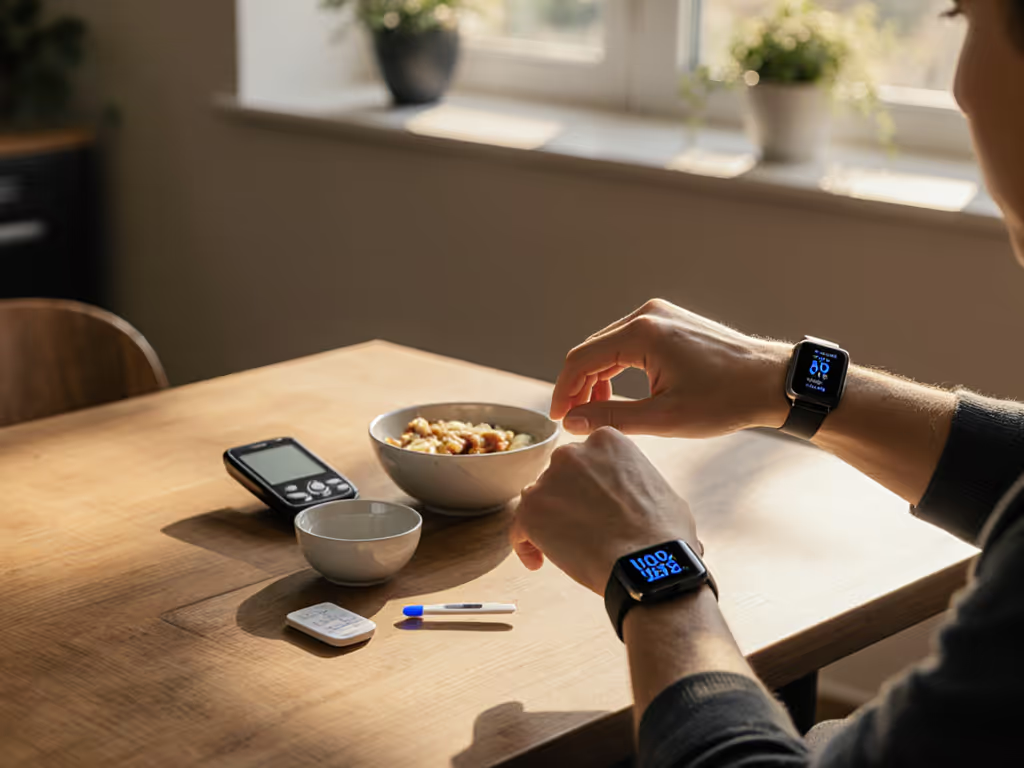
Fitness Tracker Habit Building: Consistency Over Data
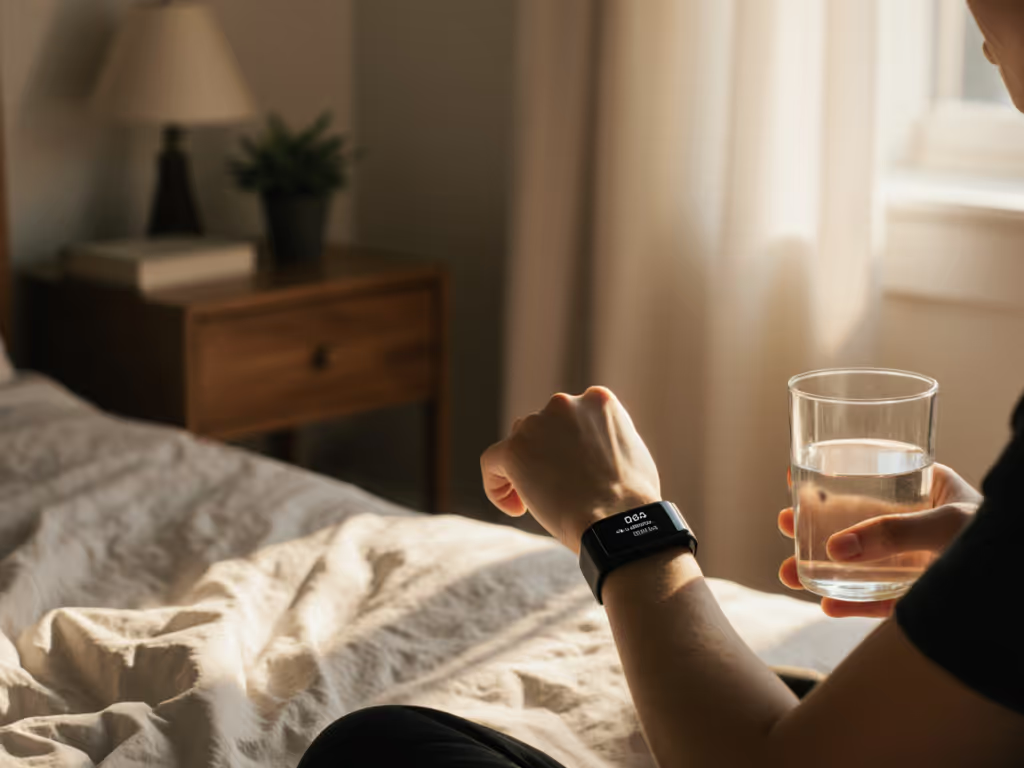
Let's talk about fitness tracker habit building in a way that actually works with your life. Too many of us start strong with step counting and sleep tracking, only to abandon our devices when the numbers don't match our reality. The secret? Using step data effectively isn't about hitting arbitrary targets... it's about creating sustainable patterns that honor your actual schedule, body, and energy levels. I've seen countless people throw away expensive trackers because they felt scolded by unrealistic expectations. The truth is, the most effective tracking system is one that adapts to you, not the other way around.
Small, repeatable wins beat flashy charts and streaks.
Why Your Tracker Might Be Working Against You
Many of us have been there: the morning disappointment when your sleep score says "poor" despite feeling rested, or the frustration when your step count plummets during a busy workweek. For shift workers especially (like a nurse I recently advised), the standard sleep and activity algorithms can feel like a personal attack. Her rotating schedule meant her tracker constantly flagged "inconsistent" sleep patterns, creating unnecessary stress rather than helpful insights.
The problem isn't you, it's that most fitness tracker motivation strategies are built for a mythical "average" person with a 9-to-5 schedule, perfect wrist anatomy, and endless energy. But real life is messier. Real life includes childcare emergencies, late-night work deadlines, physical limitations, and energy fluctuations that no algorithm can perfectly predict.
Step 1: Reset Your Relationship with Data
Before tweaking any settings, let's shift your mindset. Data-driven fitness shouldn't mean data-dominated fitness. Your tracker is a tool, not a judge. Start by asking yourself: "What one metric would genuinely help me feel more grounded in my body right now?"
- For most beginners, that's simply awareness not improvement
- Choose just one metric to focus on for 2-3 weeks (steps, sleep duration, or active minutes)
- Set a "minimum viable" goal instead of an "ideal" one (e.g., "move for 10 minutes" vs. "exercise 60 minutes")
When you reduce the cognitive load of tracking, you're more likely to maintain the habit. I've watched clients transform their relationship with fitness simply by changing their primary question from "Did I hit my goal?" to "What did my body tell me today?"
Step 2: Set Your Tracker to Support You, Not Shame You
Modern trackers like the Fitbit Charge 6 (with its customizable Google-integrated interface) let you fine-tune notifications so they feel like a helpful friend rather than a drill sergeant. Here's how to set it up for low-friction success:
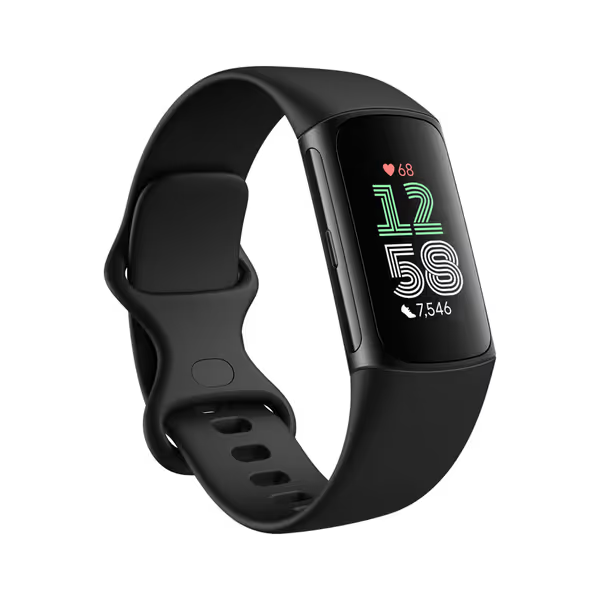
Fitbit Charge 6
- Silence judgmental notifications: Turn off "You're behind schedule" messages
- Enable calming cues: Set a gentle vibration for wind-down periods instead of step alerts
- Adjust goal timing: If you're a night owl, reset your "day" to end at 2AM rather than midnight
- Create rolling weekly targets: Instead of "10,000 steps daily," aim for 70,000 steps weekly
This approach transforms your device from a taskmaster into a supportive companion. For that nurse on rotating shifts I mentioned earlier, simply changing her sleep tracking to focus on total weekly rest hours rather than nightly perfection eliminated her "sleep score anxiety" entirely.
Step 3: Build Habits Around Your Energy, Not Someone Else's Calendar
Setting realistic step goals begins with understanding your natural energy ebbs and flows, not some arbitrary number pulled from a marketing brochure. Try this stepwise approach:
- Track first, adjust later: Wear your device normally for one week without changing behavior
- Identify your baseline: Note your actual average daily steps (not the "should be" number)
- Add 10%: Set your initial goal at just 10% above your baseline
- Anchor to existing routines: Pair walking with something you already do consistently (e.g., "after my morning coffee")
This gradual approach builds confidence without triggering burnout. I've seen clients achieve more sustainable progress by adding just 500 steps daily (about a 5-minute walk) than by chasing 10,000-step targets that left them feeling defeated.
Step 4: Use Sleep Tracking for Better Habits, Not Perfect Numbers
Sleep data is often the most misunderstood metric. Instead of fixating on REM percentages or "deep sleep" scores, focus on what you can control:
- Track consistency, not perfection: Aim for less than 90 minutes variation in bedtime
- Note how you feel: Add a simple 1-5 energy rating in your journal each morning
- Connect sleep to activity: Notice if 7+ hours correlates with better focus at work
Defaults do the heavy lifting here most trackers automatically record sleep duration. Your job is simply to notice patterns without judgment. When a new parent I worked with stopped chasing "ideal" sleep scores and focused instead on getting 30 minutes more rest per week than the previous week, her energy gradually improved without the pressure of perfection.
Step 5: Create Your Low-Friction Reset Button
Life happens. You'll have weeks where your step count plummets or sleep tracking gets disrupted. Instead of restarting "from zero," build a reset protocol that honors your reality:
- The weekly reset: Every Sunday, adjust goals based on the previous week's reality
- The "good enough" rule: If you hit 70% of your goal, consider it a win
- The 3-day reset: After missing three days, just restart without self-criticism
This approach eliminates the "all or nothing" thinking that derails most tracking attempts. I've watched clients maintain tracking habits for over a year using this flexible framework, far longer than the typical 2-3 month abandonment rate industry reports confirm.
Your Actionable First Step
Today, before you check your step count or sleep score, spend two minutes adjusting just one notification setting:
- Open your fitness app
- Navigate to notification settings
- Turn off one shaming alert ("You're behind schedule," "Poor sleep quality," etc.)
- Replace it with one supportive cue (a calm wind-down reminder, a weekly progress summary)
This small act shifts your relationship with technology from judgment to support. Fitness tracker habit building succeeds when the device fits your life, not when you contort your life to fit the device.
The next time you look at your stats, ask: "Does this number help me today?" If not, it's time to adjust the tool, not yourself. Tools should flex to people, not punish them. When you prioritize using step data effectively as a guide rather than a ruler, you'll build habits that last, without the burnout.
Related Articles

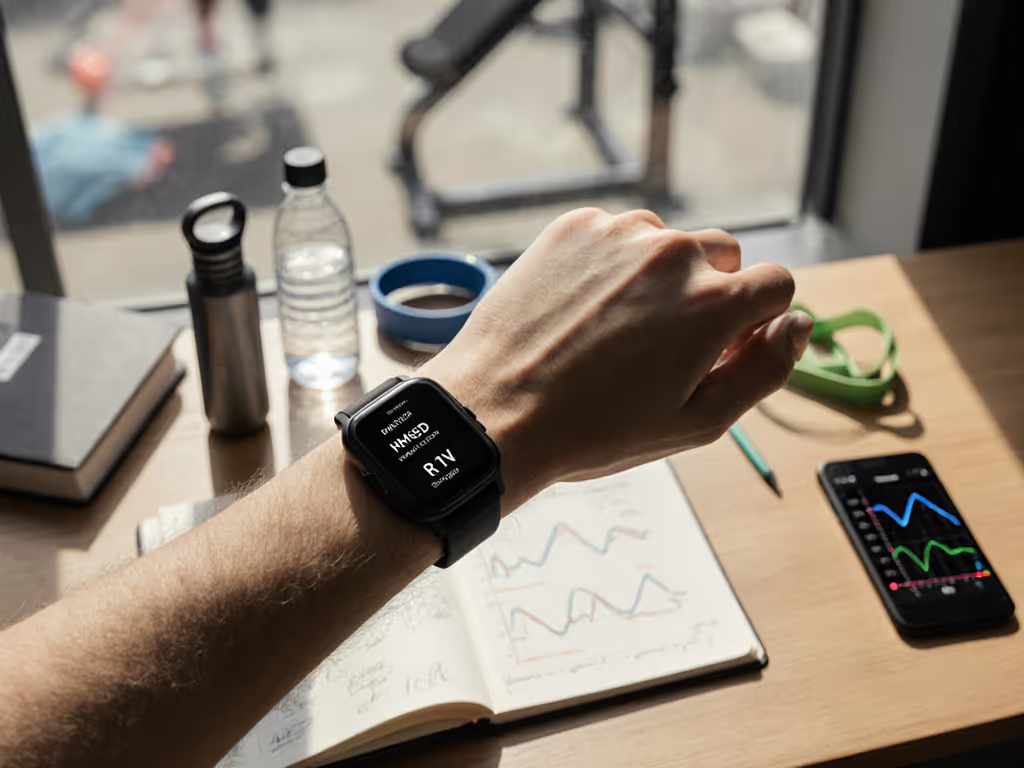
HRV for Recovery: Truth About Fitness Tracker Accuracy

VO2 Max Tracking Accuracy: How It Works Simply

Unlock Ring Fitness Insights Without Data Overload
